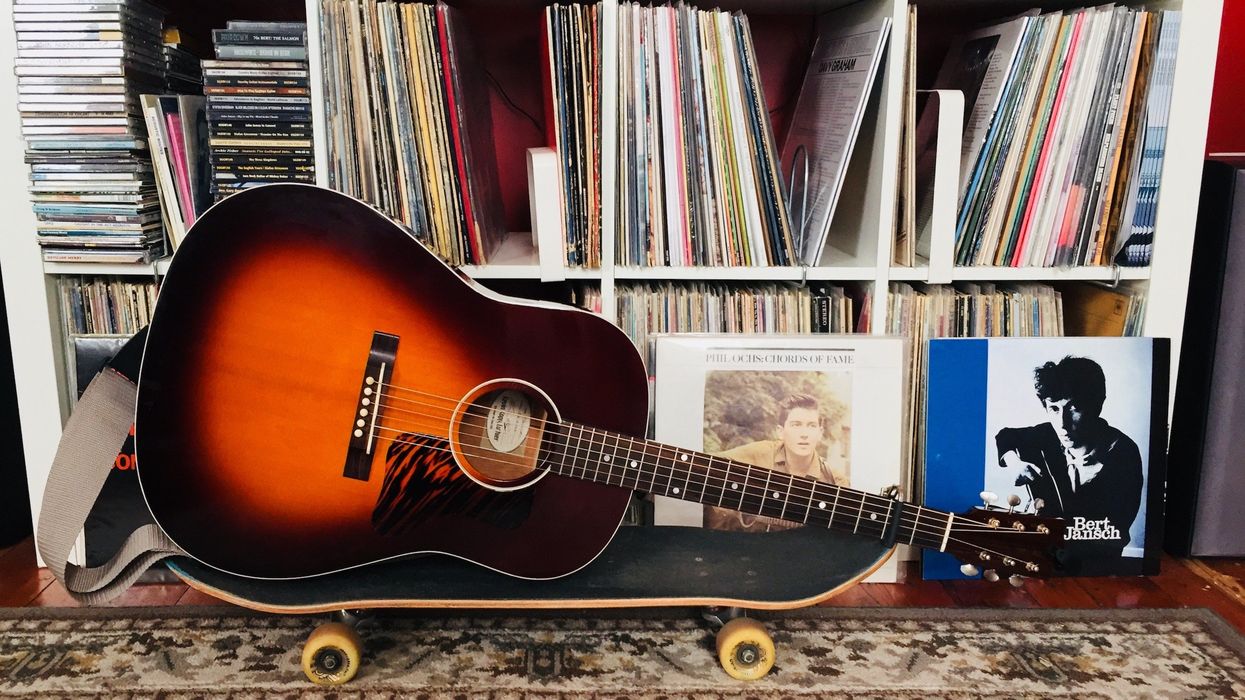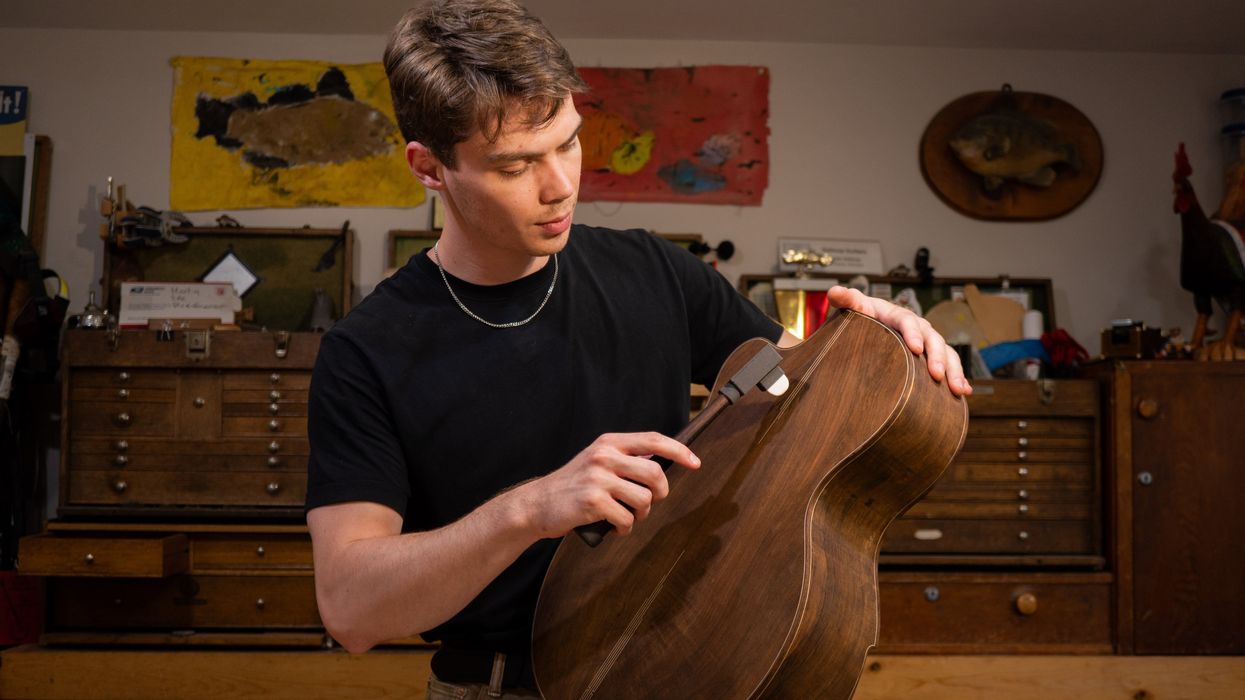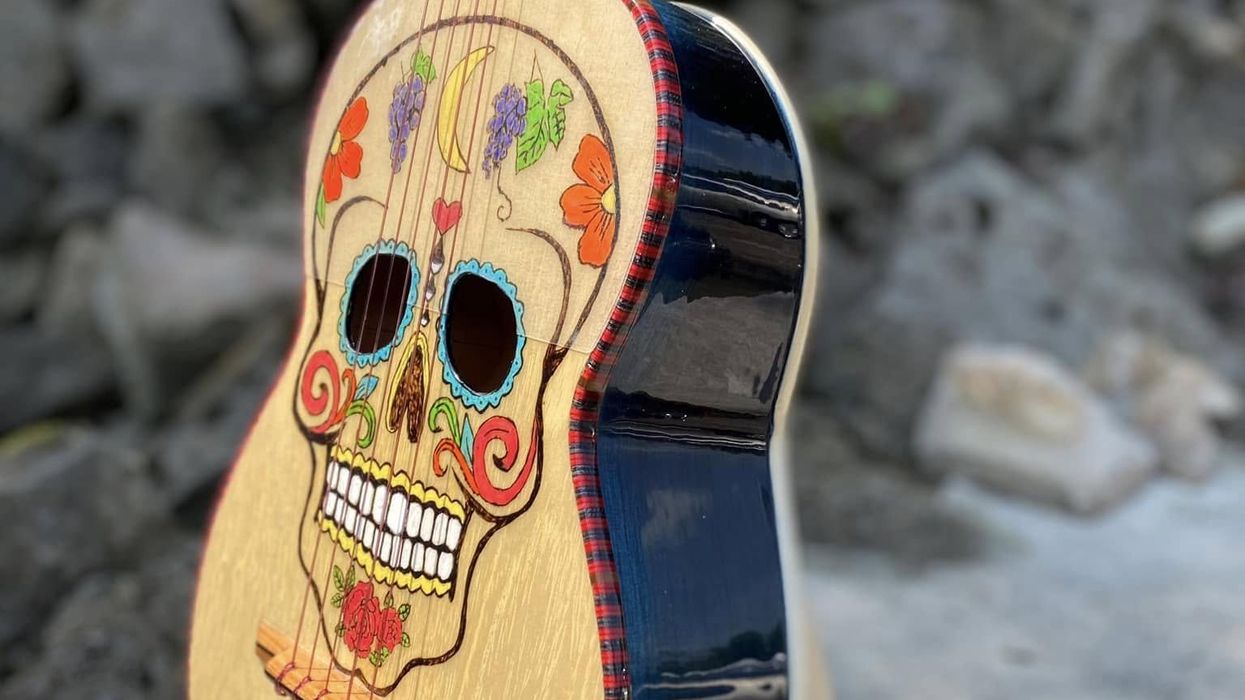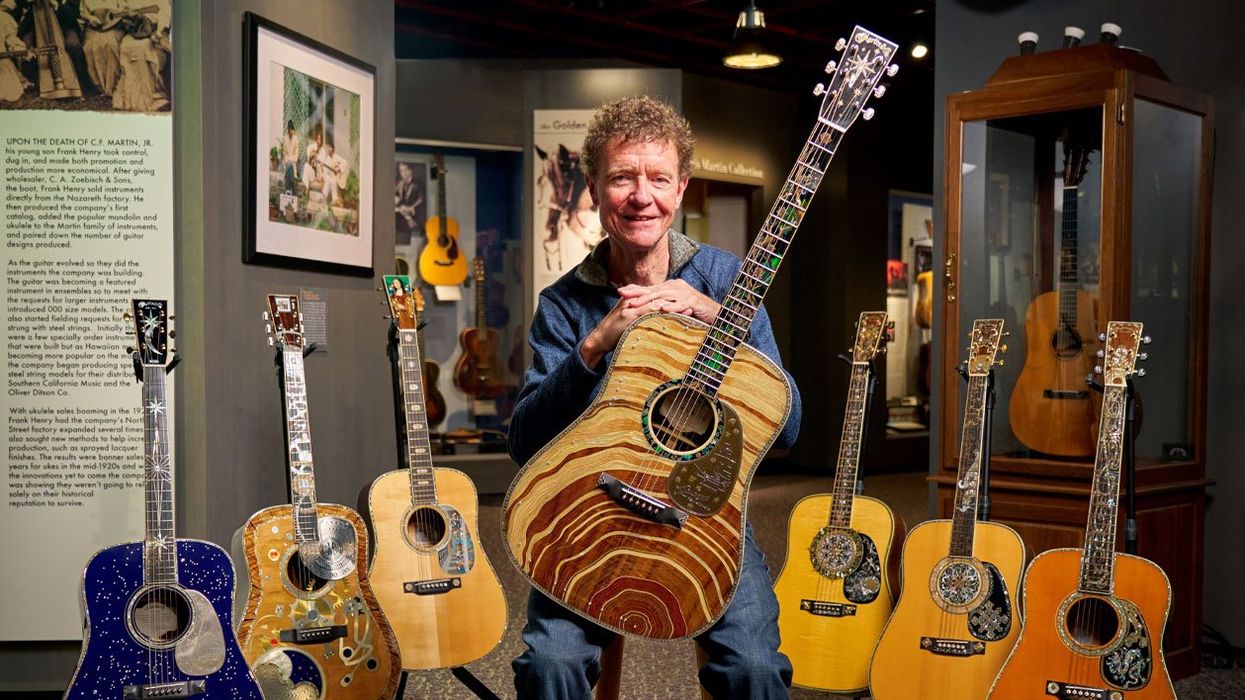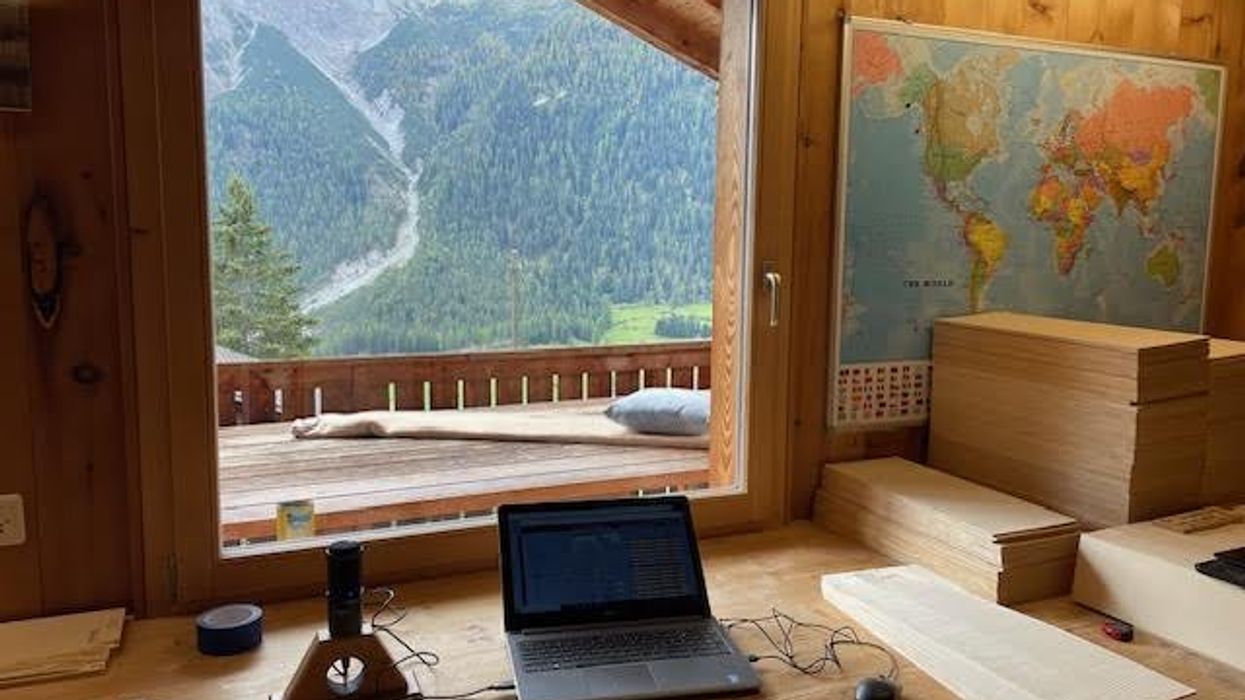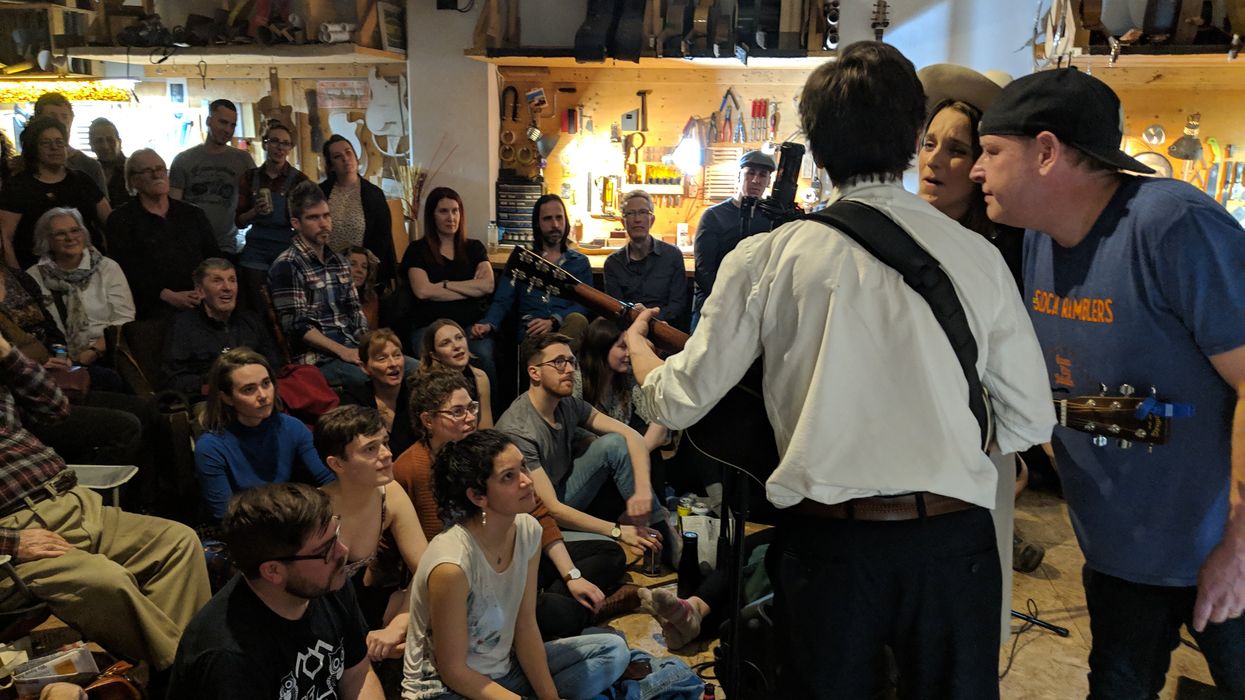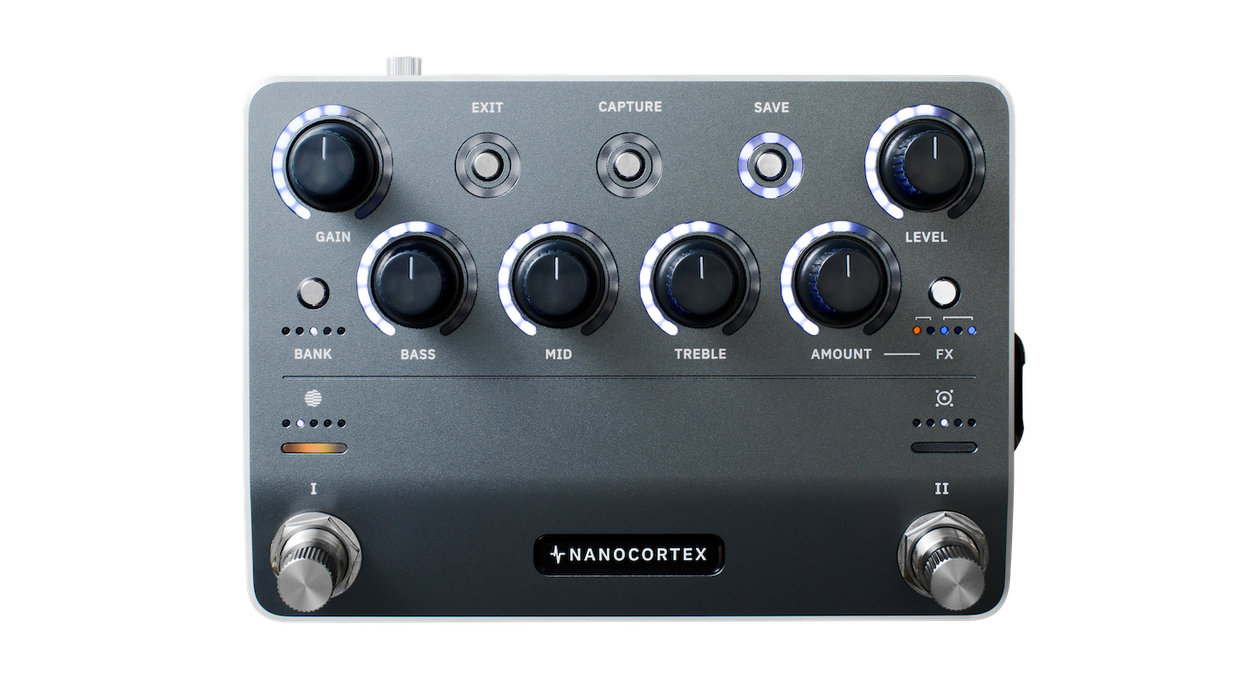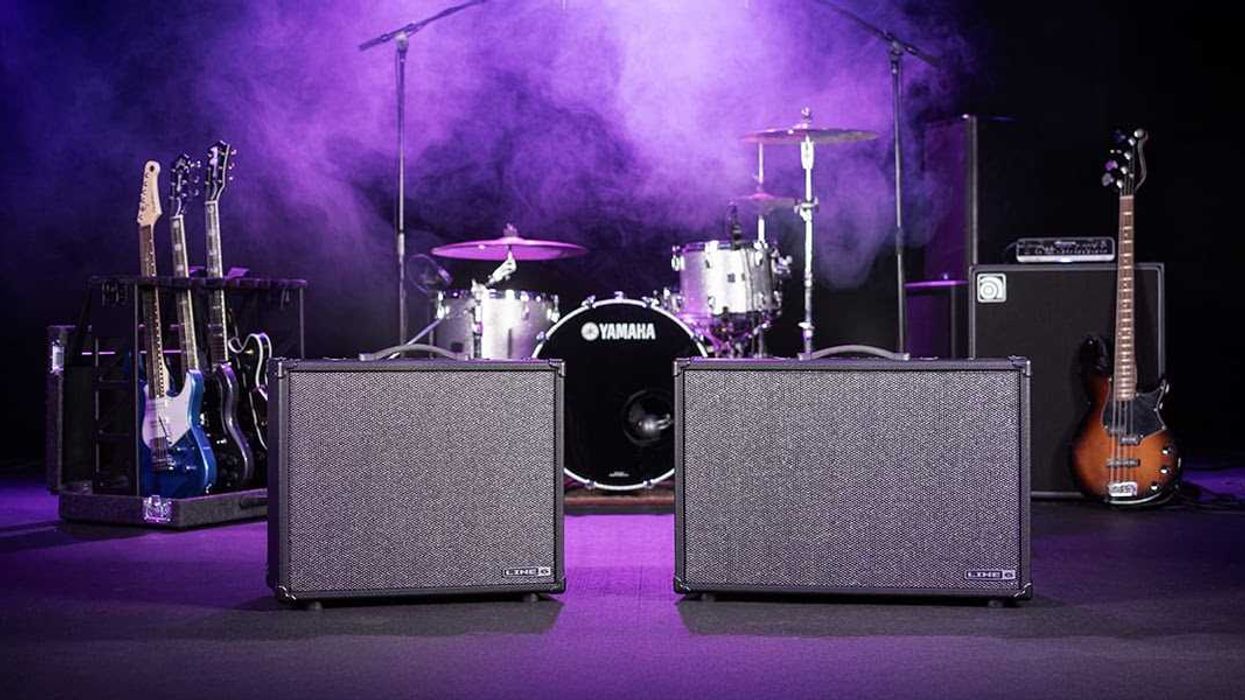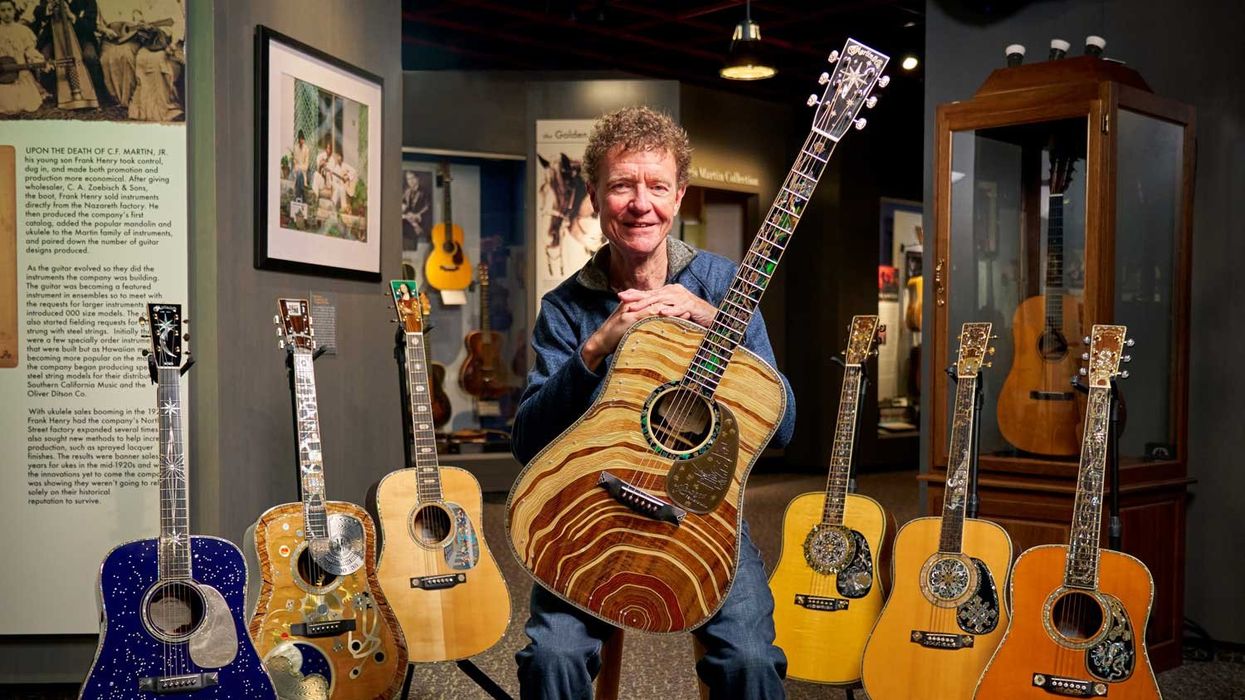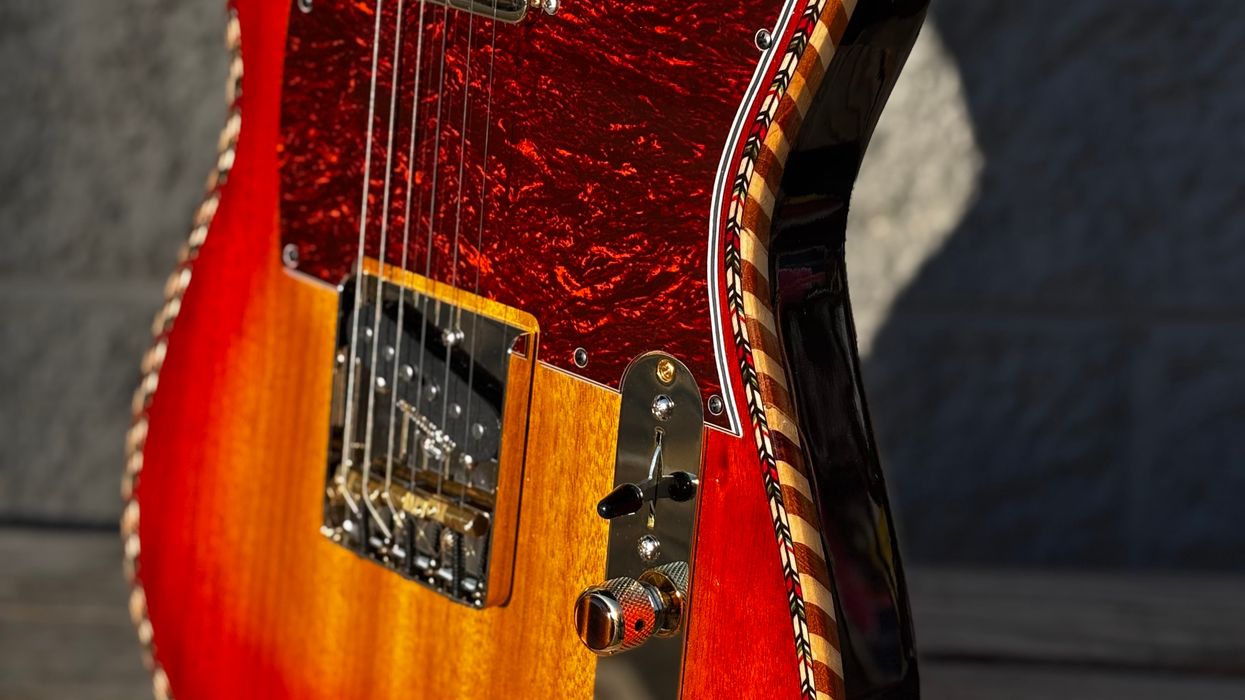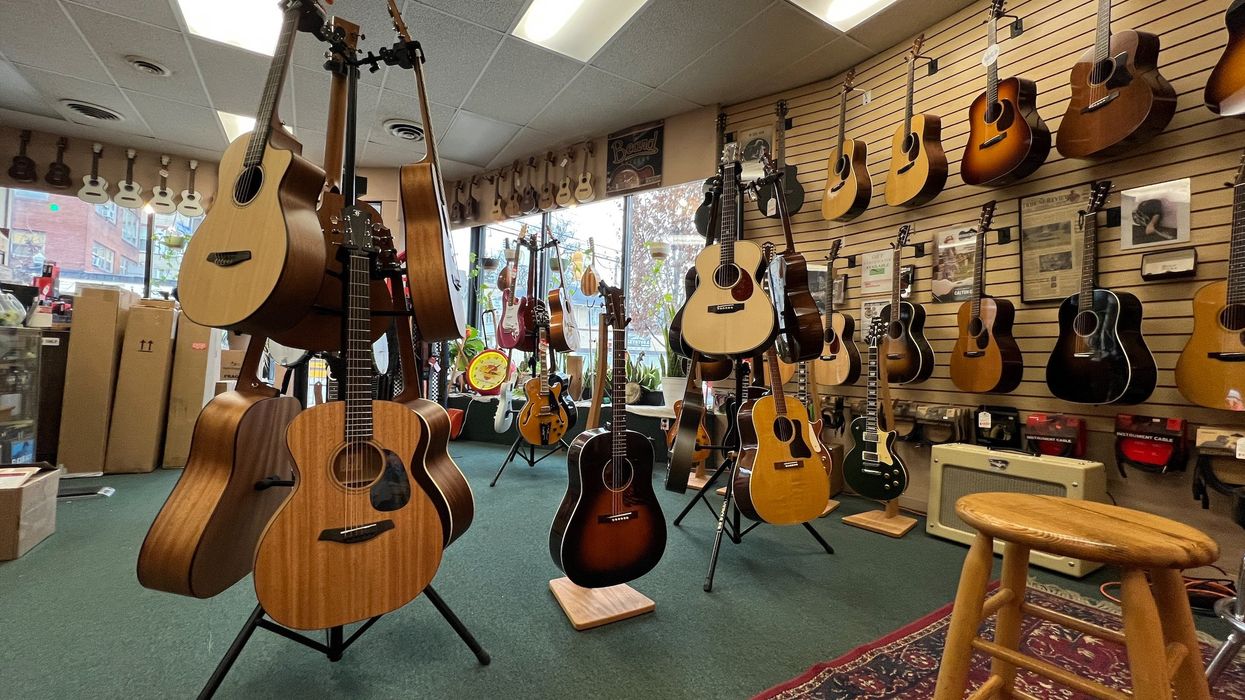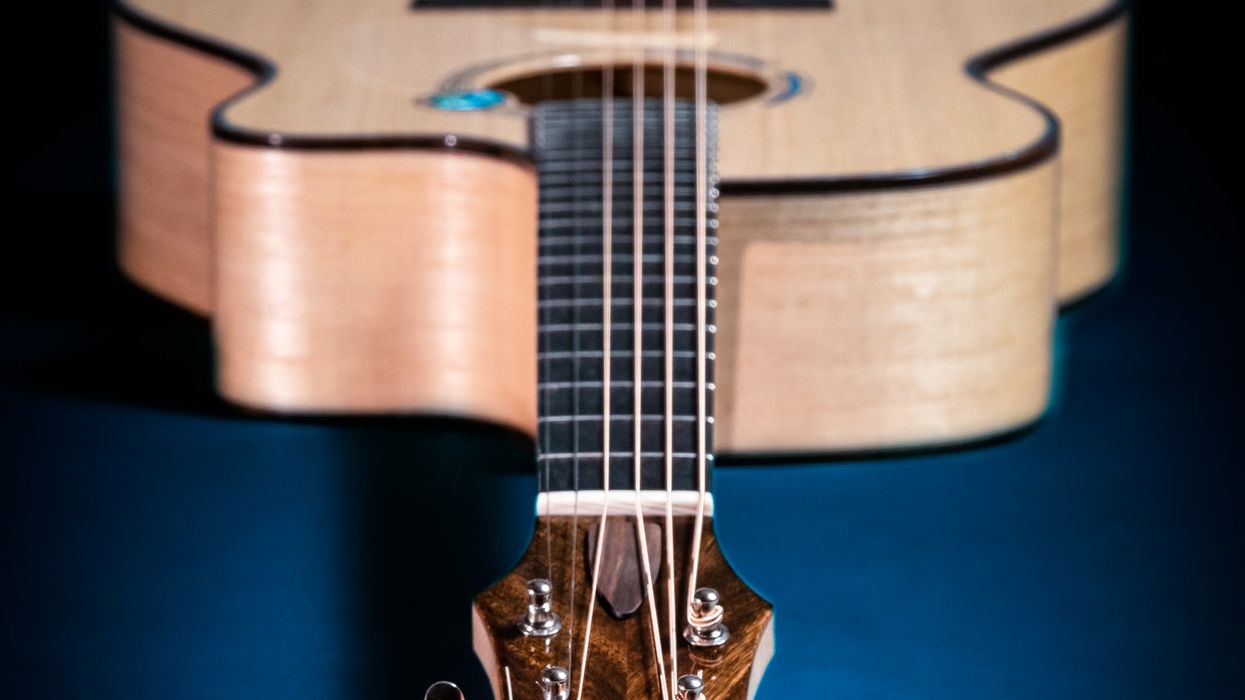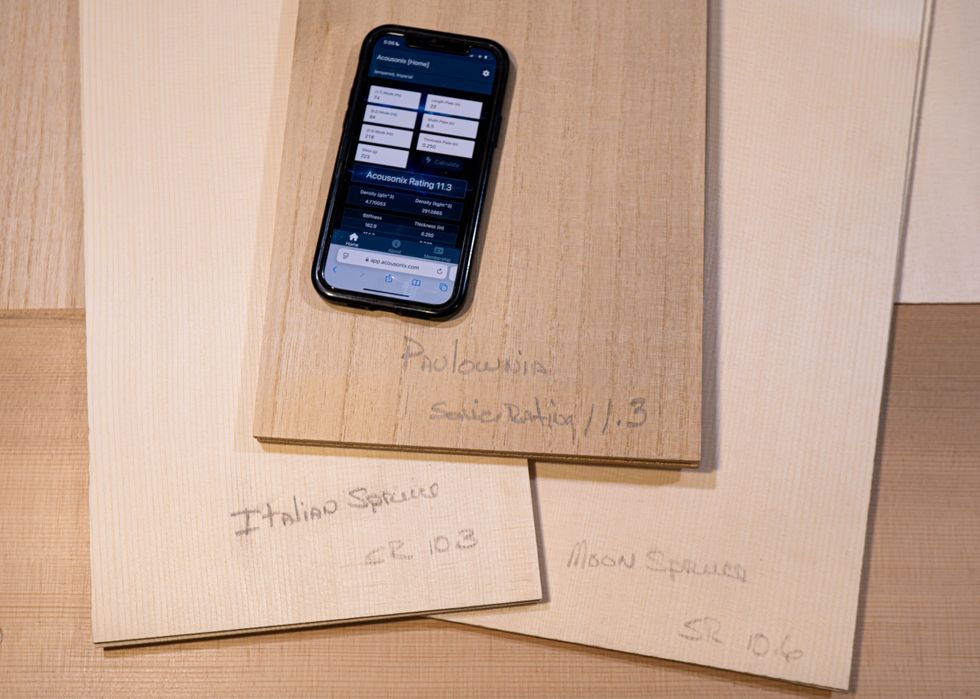As the luthier and manager of a high-end guitar shop, I get to experience many fine acoustic instruments, in a variety of ways. Whether I’m selecting tonewoods from my stash for a custom build, introducing a customer to their next Collings or Huss & Dalton, or repairing a beloved ’70s Martin that has been played around a hundred campfires, there is always something going on.
As a player, though, I happen to be in a healthy long-term guitar relationship (or two), and I’m actually not looking for gear to buy. Don’t get me wrong, there are always things that capture my imagination: particularly rare or fascinating instruments, historical makes and models that I’m studying, a few potential investments to be scouted…. But the fact of the matter is that the acoustics that I currently own are more than pulling their weight.
For this column, and against the tenets of my chosen trade of MI retail, I’ve decided that I’d like to encourage PG readers to find similar bliss, be it with a single instrument or with many. If you are trying to find a way to stop chasing gear and find time to make more music (the thing that most of us are in it for), or if you just want to make more satisfying purchase decisions, here are a few ideas for you to meditate on:
1. Pick favorites. Most of us feel a desire to have a variety of instruments in different shapes, sizes, and tonewood combinations. While this keeps stores like mine in business (thank you!), we all know that guitar fanatics just want a rational justification to keep the hunt going. Whether we’re convincing our spouses or ourselves, having something different than what we already have just makes sense, right?
“Customers will call to say, ‘I can’t tell you how many (insert model or brand names here) that I’ve had over the years; I’ve never been able to find one that works for me. Tell me about the one you’re selling,’ to which I have to say, ‘Why, though?’”
The truth is that many players truly sound and feel best when playing a particular body size or combination of woods, and that ongoing quest for variety can be a major distraction. Using your ears and your instincts, you should aspire to find the brand, wood combo, or body size that you feel most hopelessly devoted to, and see if you can’t explore every last musical experience with it.
2. Stop the insanity! I won’t repeat the old “definition of insanity” platitude here, but it comes up a surprising amount in the course of my work. Customers will call to say, “I can’t tell you how many (insert model or brand names here) that I’ve had over the years; I’ve never been able to find one that works for me. Tell me about the one you’re selling,” to which I have to say, “Why, though?”
One thing that has improved dramatically in the last couple decades in the guitar industry is consistency. Some players hold onto the notion that there are mostly dogs and only a few good ones out there, but that’s more a vestige of the past. Time to look at the common denominator (hint, it’s over there in the mirror) and realize that if you’ve bought that same model four times in the last five years, you’re not going to get a different result next time.
3. Value your time (unplug and take that trip). Many might be embarrassed to add up the hours they spend on researching a purchase, from going down YouTube rabbit holes to scanning Reverb and eBay to perusing countless hot takes on forums. Due diligence isn’t a bad thing, but being separated from that potential next guitar by a glowing blue screen (or worse, a set of tinny headphones or the dreaded phone speaker) is never going to tell you if that instrument is going to satisfy when it’s in your hands, playing your music. On top of that, add the time spent waiting on the instrument to ship, the torturous acclimation period after the box has arrived, and then the possibility that a guitar that you heard on the internet might not feel or sound the way you wanted it to once it’s in your hands.
If you’re searching for a long-term tool for musical inspiration, consider taking the trip to a great shop that has a compelling variety, or is in a location with attractions that might help win over a potential travel partner.
4. The last step is acceptance. I consider the tips above to be reasonable, but music making isn’t always about “reasonable.” It’s about passion, emotion, inspiration, analysis, physicality, community—reason barely makes the cut! If your guitar pursuits and purchases bring you joy, especially if you’re still finding enough time to play, then that’s a great place to be. But if the restlessness of Guitar Acquisition Syndrome is causing you stress or eating into your practice schedule, consider slowing your roll, taking stock, and reflecting on how you got here. Some introspection usually puts us in a better frame of mind. Find time to be with instruments, not just looking at them online. Those will be hours that you’ll be proud to add up!
